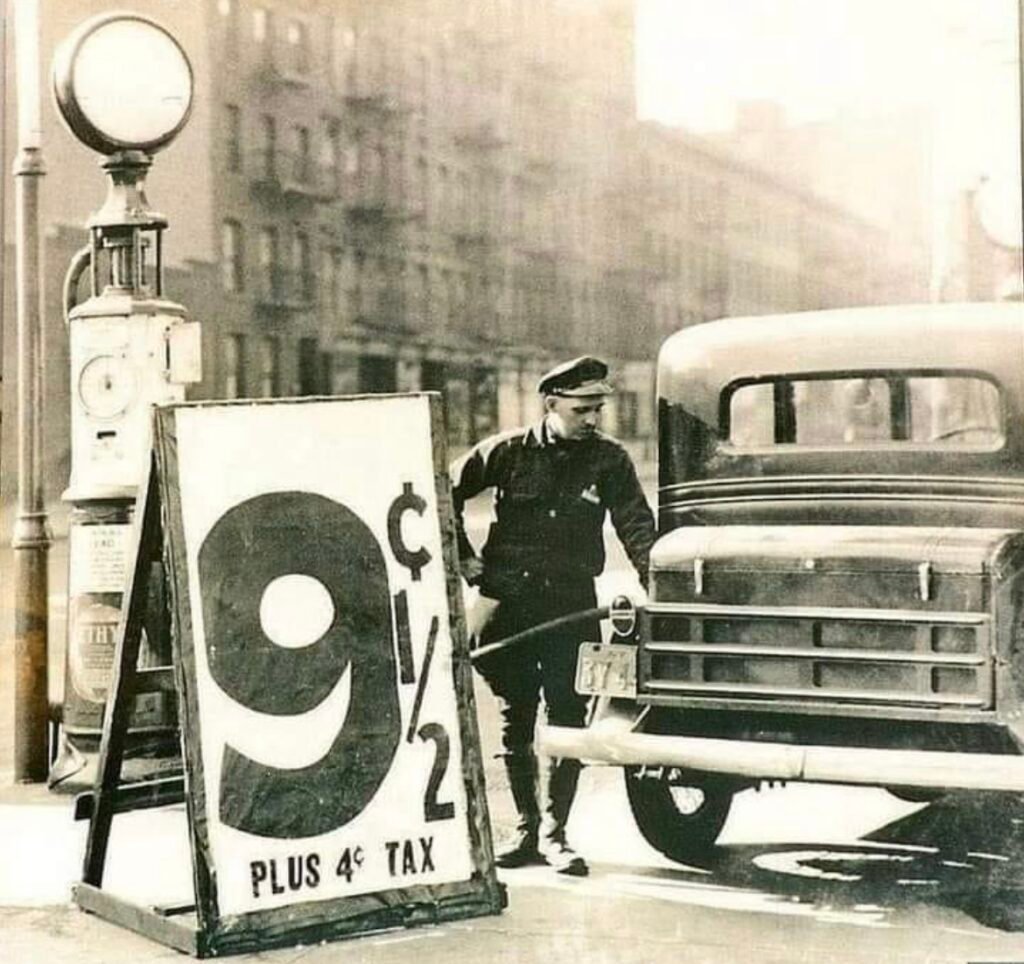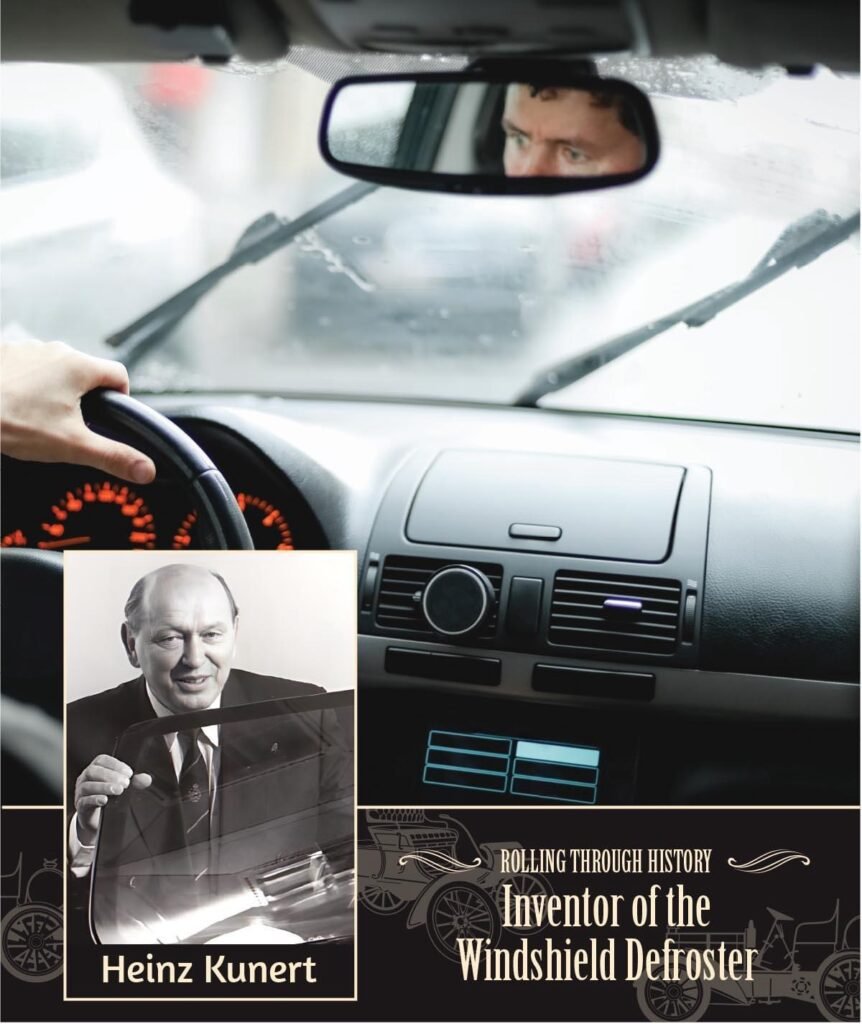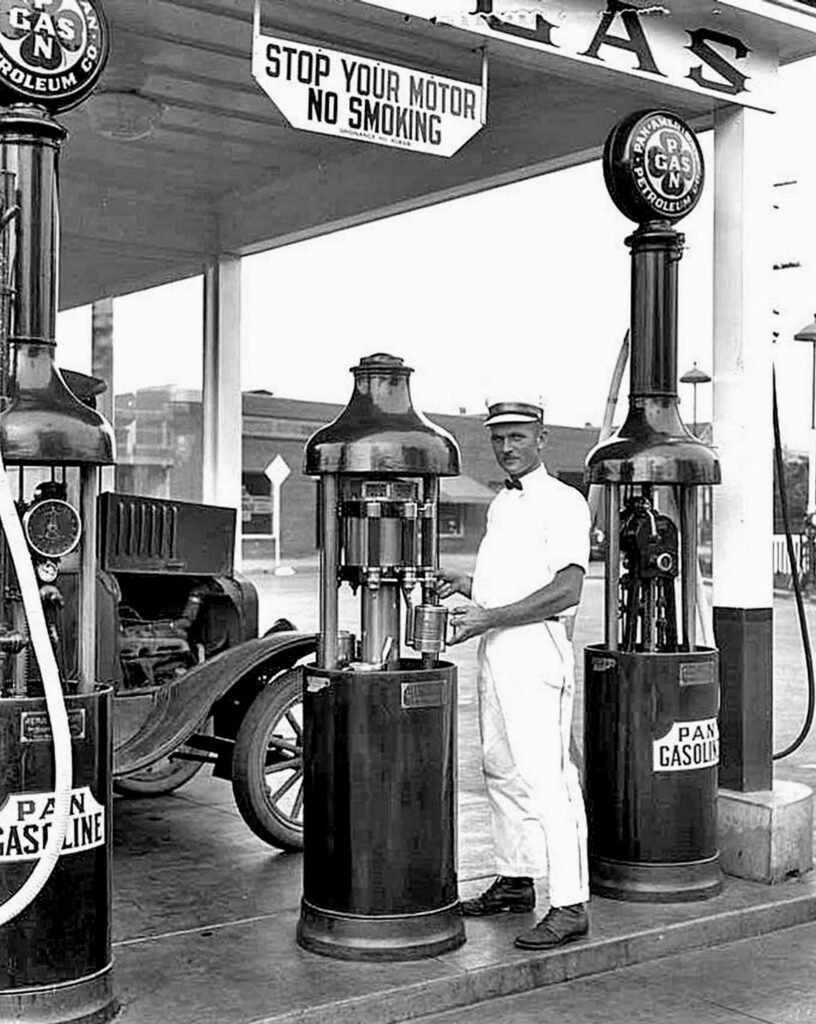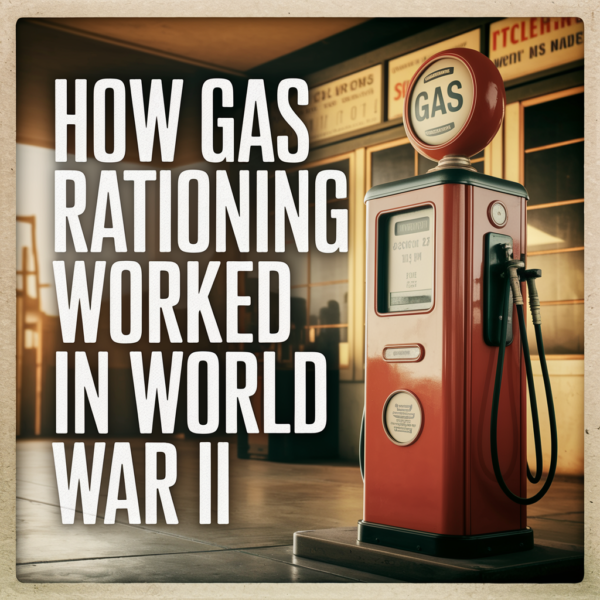
The Dawn of Automotive Culture in New York
The 1920s in New York City were a time of unparalleled change and excitement. Amidst the backdrop of jazz music, speakeasies, and the relentless pursuit of prosperity, a new cultural phenomenon was taking the streets by storm—the automobile. As cars became more accessible to the American public, New York witnessed the birth of a new era: the dawn of automotive culture. This period marked a significant shift in the city’s rhythm, introducing a newfound sense of freedom and mobility that would forever alter the urban landscape.
Central to this automotive revolution were the filling stations. Sprouting up across the city, these establishments were more than mere pit stops for fuel; they were the lifeblood of the burgeoning car culture, facilitating the advent of a society on the move. As we delve into the history of New York’s filling stations during the roaring twenties, we uncover their pivotal role in fueling not just vehicles, but a cultural shift that would drive America into the future.
The Birth of New York’s Filling Stations
Early Filling Stations and Their Evolution
The story of New York’s filling stations begins in the early 1920s, a time when automobiles were becoming increasingly prevalent on city streets. The first stations were simple curbside pumps, a far cry from the elaborate service stations we know today. However, as the decade progressed, so too did the design and functionality of these essential establishments. They evolved from humble beginnings into architectural marvels, complete with uniformed attendants, air pumps, and even small shops—a reflection of the era’s innovative spirit and architectural creativity. This evolution wasn’t just about aesthetics; it marked a significant shift in how Americans perceived automobiles and mobility, firmly embedding the car as a staple of American life.

The Role of Filling Stations in 1920s Society
The impact of filling stations in the 1920s extended far beyond their practical purpose of refueling cars. They emerged as cornerstones of community life, places where motorists could exchange stories, share news, and, perhaps, commiserate over the peculiarities of their newfangled machines. In essence, these filling stations were more than just a network of fueling points; they were social hubs, fostering a sense of camaraderie among the city’s motorists.
Moreover, the presence of filling stations across New York signified the growing importance of the automobile in American society. They were symbols of progress and modernity, representing not just the physical mobility afforded by cars but the societal shifts that were propelling America into a new age. As these filling stations dotted the New York landscape, they became emblematic of the city’s—and the nation’s—rapid march towards the future.
In the next sections, we’ll explore the architectural innovations of these filling stations and their contributions to the rise of road trip culture, illustrating how they became integral to the American way of life during the roaring twenties.

Architectural Marvels and Cultural Icons
Design and Architecture of 1920s Gas Stations
As filling stations became ubiquitous in New York’s urban and rural landscapes, they also became showcases for the era’s architectural innovation and stylistic trends. The 1920s saw a transformation in the design of gas stations, evolving from mere functional structures into architectural statements that mirrored the exuberance of the period. Art Deco and Streamline Moderne styles, characterized by geometric shapes and sleek lines, began to influence the architecture of filling stations. This architectural shift turned gas stations into roadside attractions in their own right, reflecting the optimism and forward-thinking attitude of the Jazz Age.
These buildings were designed not just for utility but to make a statement, embodying the spirit of innovation and progress that defined the Roaring Twenties. They often featured ornate decorations, bright neon signs, and distinctive canopies, becoming symbols of the modern age and icons of American culture. This transformation highlighted the societal shift towards a car-centric lifestyle, with filling stations serving as the physical embodiment of the era’s fascination with speed, movement, and modernity.
Gas Stations and the Rise of Road Trip Culture
The evolution of filling stations in the 1920s coincided with the rise of another quintessentially American phenomenon: the road trip. As automobiles became more reliable and roads improved, Americans began to see their country through the windshield of a car, embarking on journeys of exploration and discovery. Filling stations were the waypoints on these adventures, providing not just fuel for the car but also a sense of security and connection to the broader world.
This era marked the beginning of road trip culture, with filling stations acting as both the literal and figurative fuel for these journeys. They were the places where travelers could rest, gather information about the road ahead from knowledgeable attendants, and encounter fellow adventurers. This culture of mobility and exploration further cemented the filling station’s place in American society, transforming it from a simple utility to a key player in the narrative of American freedom and adventure.
The Economic and Social Fuel of New York
How Did Petroleum History Shape the Economy?
The story of petroleum in the 1920s is a tale of transformation and growth. As New York embraced the automobile, the demand for petroleum skyrocketed, catalyzing the development of the oil industry and altering the economic landscape of the city and the nation. This period witnessed an unprecedented expansion of oil refineries and distribution networks, with petroleum companies becoming pivotal players in the burgeoning economy.
The oil boom brought wealth and jobs, fueling not just cars but a whole economic engine that drove the prosperity of the Roaring Twenties. However, this prosperity was not without its challenges. The rapid growth of the petroleum industry raised questions about sustainability, environmental impact, and the equitable distribution of resources—issues that continue to resonate today.
How Did Filling Stations Reflect Societal Changes?
Filling stations in the 1920s were more than economic hubs; they were microcosms of societal change. As these stations proliferated, they brought about shifts in social dynamics, influencing everything from urban development to leisure activities. They were at the forefront of the democratization of travel, breaking down barriers of distance and class, and enabling more people to explore their country freely.
Moreover, filling stations contributed to the shaping of social norms and behaviors. The convenience and accessibility they offered changed the way people planned their journeys and their leisure time, promoting a culture of spontaneity and adventure. This era of mobility also brought diverse communities into closer contact, fostering a sense of national identity and shared experience.

Preserving History: The Legacy of 1920s Filling Stations
Why Is Preserving Historic Gas Stations Important?
The preservation of historic gas stations is crucial for maintaining a tangible connection to our past. These structures serve as reminders of the dawn of the automotive age, embodying the spirit of innovation and the societal transformations of the 1920s. Preserving them allows future generations to witness firsthand the architectural styles and cultural trends of an era that significantly shaped modern America.
Efforts to preserve these historic sites often involve restoring their original features and repurposing them for contemporary uses, such as museums, cafes, or community spaces. This not only saves an important part of architectural heritage but also enriches the cultural and social fabric of communities, offering spaces for gathering, learning, and celebrating shared history.
What Can We Learn from the Legacy of 1920s Filling Stations?
The legacy of 1920s filling stations teaches us about the power of innovation and the impact of technological advancements on society. These establishments were beacons of progress, embodying the optimism of the age and the belief in a future transformed by mobility and freedom.
By studying their history, architecture, and role in society, we gain insights into how technological changes can drive economic growth, shape social interactions, and alter cultural landscapes. Additionally, the story of these filling stations underscores the importance of adaptability and foresight in navigating the challenges and opportunities presented by new technologies.
Preserving the legacy of 1920s filling stations not only honors our past but also informs our present and future, reminding us of the enduring human capacity for innovation and adaptation in the face of change.
the Legacy of New York’s Filling Stations
What Enduring Impact Have New York’s 1920s Filling Stations Left on Us?
As our journey through the vibrant landscape of 1920s New York and its filling stations comes to a close, we are left to ponder the enduring impact these icons of progress have had on American culture and society. The filling stations of the Roaring Twenties were more than mere waypoints for fuel; they were the catalysts for a revolution in mobility, freedom, and social interaction that has shaped the American way of life to this day.
These historical landmarks remind us of a time when innovation and the pursuit of freedom drove the nation forward, fueling a collective optimism for the future. They stand as testaments to the transformative power of technology and the indomitable spirit of adventure that defines the American ethos. As we reflect on their legacy, we see not just the evolution of an industry but the unfolding of a broader narrative of progress and change.
How Can We Honor and Continue This Legacy Today?
Honoring the legacy of New York’s 1920s filling stations means more than preserving the physical structures that remain; it involves continuing the spirit of innovation, exploration, and community they symbolized. It calls on us to embrace new technologies and modes of living with the same openness and optimism that characterized the 1920s, while also being mindful of the lessons learned from the past.

As an Amazon Associate we earn from qualifying purchases through some links in our articles.




